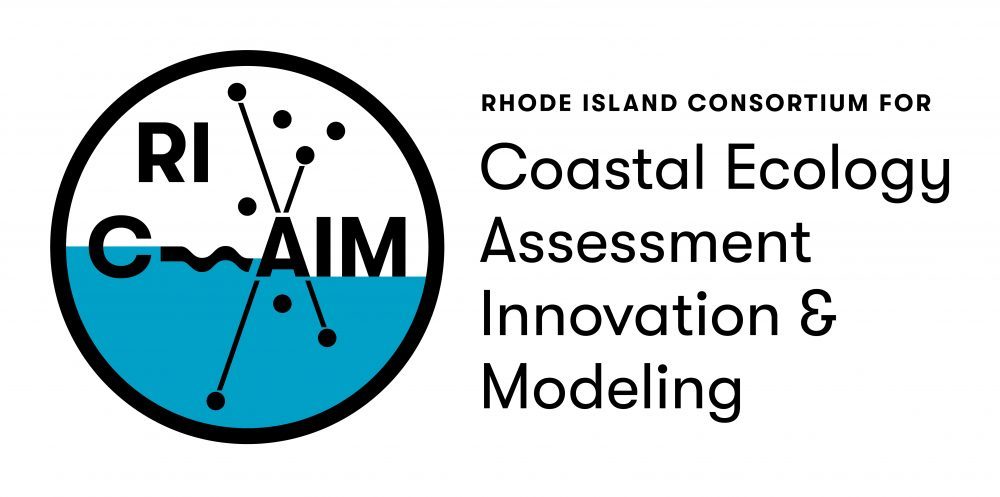Easier access to scientific data

|
ERDDAP at RI Data Discovery Center
Easier access to scientific data |
Brought to you by
RI Data Discovery Center and

|

| Dataset Title: | BlueTopo Bathymetry - NESCHISM area

|
| Institution: | NOAA (Dataset ID: bluetopo_5899_7471_de41) |
| Information: | Summary  | License
| License  | FGDC
| ISO 19115
| Metadata
| Background
| FGDC
| ISO 19115
| Metadata
| Background | Data Access Form
| Data Access Form
|
Click on the map to specify a new center point.

Zoom: ![[The graph you specified. Please be patient.]](https://qa-erddap.riddc.brown.edu/erddap/griddap/bluetopo_5899_7471_de41.png?bathymetry%5B(37.161822771793915):(45.09323477179392)%5D%5B(-78.38125584917877):(-71.61873584917878)%5D&.draw=surface&.vars=longitude%7Clatitude%7Cbathymetry&.colorBar=%7C%7C%7C%7C%7C&.bgColor=0xffccccff)
|
Attributes {
latitude {
String _CoordinateAxisType "Lat";
Float64 actual_range 37.161822771793915, 45.09323477179392;
String axis "Y";
String ioos_category "Location";
String long_name "Latitude";
String standard_name "latitude";
String units "degrees_north";
}
longitude {
String _CoordinateAxisType "Lon";
Float64 actual_range -78.38125584917877, -71.61873584917878;
String axis "X";
String ioos_category "Location";
String long_name "Longitude";
String standard_name "longitude";
String units "degrees_east";
}
bathymetry {
Float32 _FillValue NaN;
Float64 colorBarMaximum 10.0;
Float64 colorBarMinimum -5000.0;
String colorBarPalette "KT_ice";
String long_name "GDAL Band Number 1";
}
Uncertainty {
Float32 _FillValue 9.96921e+36;
Float64 colorBarMaximum 100.0;
Float64 colorBarMinimum 0.0;
String long_name "GDAL Band Number 2";
}
Contributor {
Float32 _FillValue 9.96921e+36;
Float64 colorBarMaximum 100.0;
Float64 colorBarMinimum 0.0;
String long_name "GDAL Band Number 3";
}
NC_GLOBAL {
String cdm_data_type "Grid";
String Conventions "CF-1.10, COARDS, ACDD-1.3";
String creator_type "institution";
Float64 Easternmost_Easting -71.61873584917878;
String GDAL "GDAL 3.11.3 \"Eganville\", released 2025/07/12";
Float64 geospatial_lat_max 45.09323477179392;
Float64 geospatial_lat_min 37.161822771793915;
Float64 geospatial_lat_resolution 3.600000000000001e-5;
String geospatial_lat_units "degrees_north";
Float64 geospatial_lon_max -71.61873584917878;
Float64 geospatial_lon_min -78.38125584917877;
Float64 geospatial_lon_resolution 3.999999999999997e-5;
String geospatial_lon_units "degrees_east";
String grid_mapping_crs_wkt "GEOGCS[\"WGS 84\",DATUM[\"WGS_1984\",SPHEROID[\"WGS 84\",6378137,298.257223563,AUTHORITY[\"EPSG\",\"7030\"]],AUTHORITY[\"EPSG\",\"6326\"]],PRIMEM[\"Greenwich\",0,AUTHORITY[\"EPSG\",\"8901\"]],UNIT[\"degree\",0.0174532925199433,AUTHORITY[\"EPSG\",\"9122\"]],AXIS[\"Latitude\",NORTH],AXIS[\"Longitude\",EAST],AUTHORITY[\"EPSG\",\"4326\"]]";
String grid_mapping_GeoTransform "-78.381275849178778 4.0000000000000003e-05 0 45.093252771793921 0 -3.6000000000000001e-05";
Float64 grid_mapping_inverse_flattening 298.257223563;
String grid_mapping_long_name "CRS definition";
Float64 grid_mapping_longitude_of_prime_meridian 0.0;
String grid_mapping_name "latitude_longitude";
Float64 grid_mapping_semi_major_axis 6378137.0;
String grid_mapping_spatial_ref "GEOGCS[\"WGS 84\",DATUM[\"WGS_1984\",SPHEROID[\"WGS 84\",6378137,298.257223563,AUTHORITY[\"EPSG\",\"7030\"]],AUTHORITY[\"EPSG\",\"6326\"]],PRIMEM[\"Greenwich\",0,AUTHORITY[\"EPSG\",\"8901\"]],UNIT[\"degree\",0.0174532925199433,AUTHORITY[\"EPSG\",\"9122\"]],AXIS[\"Latitude\",NORTH],AXIS[\"Longitude\",EAST],AUTHORITY[\"EPSG\",\"4326\"]]";
String history
"NOAA BlueTopo tiles merged and reprojected
2025-10-08T20:29:52Z (local files)
2025-10-08T20:29:52Z http://qa-erddap.riddc.brown.edu/griddap/bluetopo_5899_7471_de41.das";
String infoUrl "https://www.nauticalcharts.noaa.gov/data/bluetopo.html";
String institution "NOAA";
String keywords "bathymetry, below, bluetopo, coast, continental, data, dataset, depth, earth, Earth Science > Oceans > Bathymetry/Seafloor Topography > Bathymetry, floor, level, noaa, northeast, ocean, oceans, office, science, sea, sea_floor_depth_below_sea_level, seafloor, shelf, survey, topography, US";
String keywords_vocabulary "GCMD Science Keywords";
String license
"The data may be used and redistributed for free but is not intended
for legal use, since it may contain inaccuracies. Neither the data
Contributor, ERD, NOAA, nor the United States Government, nor any
of their employees or contractors, makes any warranty, express or
implied, including warranties of merchantability and fitness for a
particular purpose, or assumes any legal liability for the accuracy,
completeness, or usefulness, of this information.";
Float64 Northernmost_Northing 45.09323477179392;
String sourceUrl "(local files)";
Float64 Southernmost_Northing 37.161822771793915;
String standard_name_vocabulary "CF Standard Name Table v70";
String summary "BlueTopo Bathymetry Dataset - Northeast US Continental Shelf. High-resolution bathymetric data compiled from NOAA BlueTopo tiles";
String title "BlueTopo Bathymetry - NESCHISM area";
Float64 Westernmost_Easting -78.38125584917877;
}
}
 Data Access Protocol (DAP)
Data Access Protocol (DAP) and its
projection constraints
and its
projection constraints .
.
The URL specifies what you want: the dataset, a description of the graph or the subset of the data, and the file type for the response.
griddap request URLs must be in the form
https://coastwatch.pfeg.noaa.gov/erddap/griddap/datasetID.fileType{?query}
For example,
https://coastwatch.pfeg.noaa.gov/erddap/griddap/jplMURSST41.htmlTable?analysed_sst[(2002-06-01T09:00:00Z)][(-89.99):1000:(89.99)][(-179.99):1000:(180.0)]
Thus, the query is often a data variable name (e.g., analysed_sst),
followed by [(start):stride:(stop)]
(or a shorter variation of that) for each of the variable's dimensions
(for example, [time][latitude][longitude]).
For details, see the griddap Documentation.